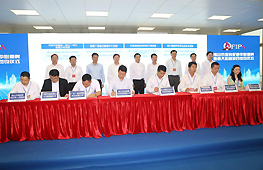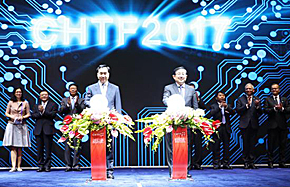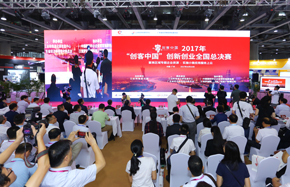POWERCHINA forges ahead with innovative intl business models
In addition, it has signed the Songdong hydropower project in Cameroon under the "Planning + FEPC" model, signed the Banshkhali coal-fired power station project in Bangladesh with a small proportion of equity investment driving EPC general contracting, signed the Amazon River dredging project in Peru with a fixed income model, and signed the Batang Toru hydropower project in Indonesia under an EPC completion guarantee model.
The Port Qasim coal-fired power plant in Pakistan is the company's first attempt at a mixed-ownership investment model. The project was funded by POWERCHINA and Al Mirqab Capital, with a ratio of 51 percent and 49 percent respectively.
POWERCHINA's high-quality production capacity has integrated with local resources, opening up new avenues for alleviating power shortages in Pakistan. The project has also served as pioneer for the joint investment model between Chinese companies and foreign companies in overseas power projects.
POWERCHINA has always adhered to the concept of mutually beneficial cooperation, and has been committed to strengthening strategic cooperation with partners in various fields in the upstream and downstream of the industry chain.
It has promoted domestic engineering technology standards and equipment manufacturing in its efforts to "go global" and has formed strong partnerships with complementary advantages by sharing risks, as well as equal and mutual benefits, in pursuing common development in local communities.
Whether it's the 233-MW photovoltaic power station in Algeria, which is currently the largest PV power plant in Africa and the first PV power project driven by a partnership between China and Algeria, or the Coca Codo Sinclair Hydropower Station in Ecuador, which is the largest hydropower project with the largest amount of foreign investment in Ecuador's history, POWERCHINA's success and innovations have directly inspired more than 40 Chinese companies to "go out" and work on global projects.





















